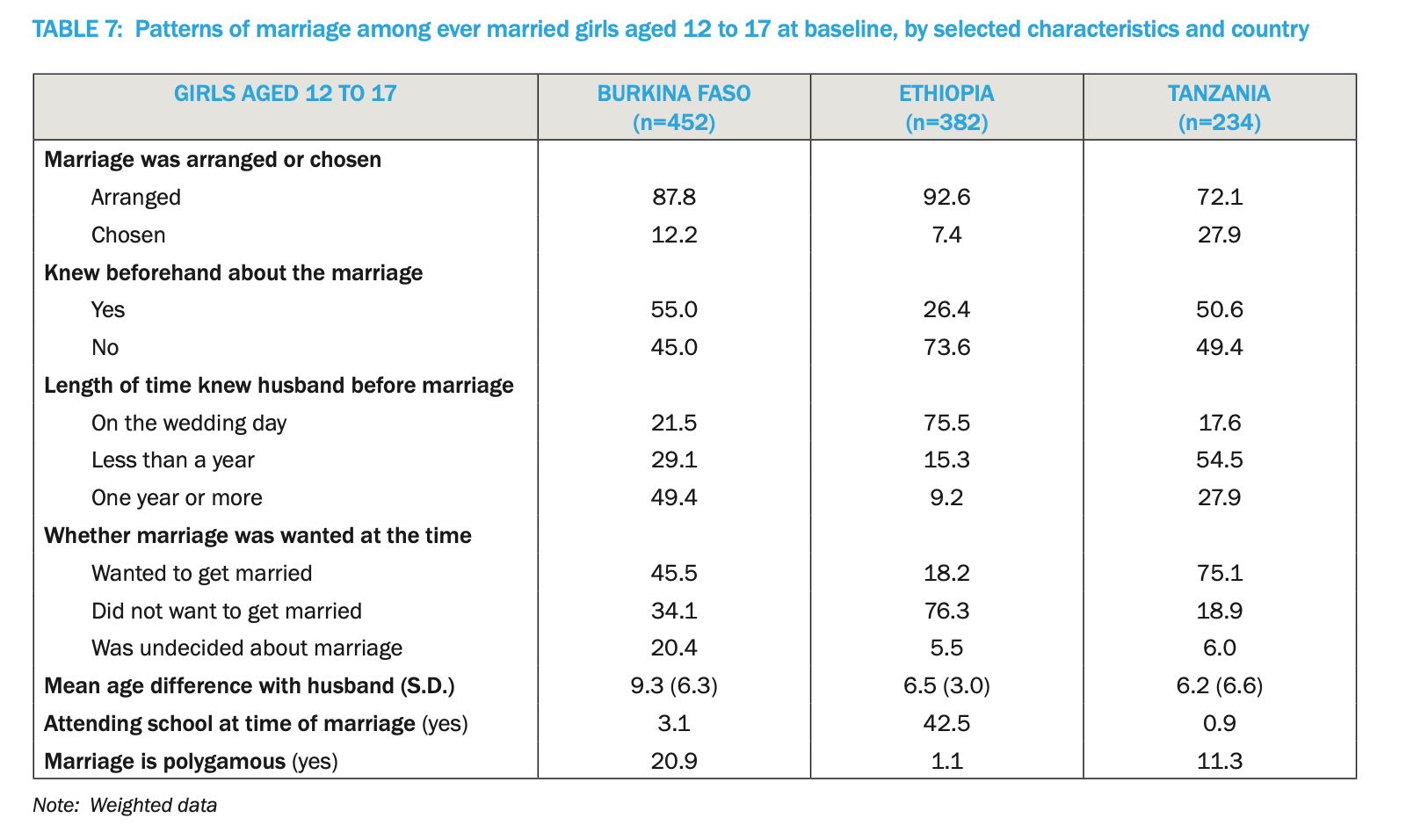Catherine F
Posts 1
Comments17
I think you make a really good point that our priors should lead us to seek out missing data points to either confirm or dispute these priors. This is a really useful meta-conclusion for this project, thank you for highlighting it.
Yes the differences are striking, also a lot of the data I have looked at so far is in Sub-Saharan Africa, where there is already a lot of diversity in findings, but the legal and cultural landscape in South Asia is also completely different and I contains a lot of diversity also. As you say, I think this is more than a question of ITN for child marriage but ITN for child marriage in x place, knowing that the levels of harm, how common child marriage is, and how tractable it is are likely to vary greatly.
Thanks again for your engagement, it's really helped my thinking!
Thanks for the positive feedback :) . I agree, I think most research conducted finds very little, because proving things is really hard. This Clearer Thinking podcast that I linked in the original post goes into this more deeply for anyone interested in why it's so hard.
Hi Glenra, thanks for engaging with the post. This is something I had not considered at all, and something I will consider for my QALY calculation. More kids may also worsen the economic situation of a family already living in a poor, rural place, and may not increase the happiness of parents. There is not available data on whether child marriage reduces the risk of never getting married, but there is data on the number of births (lots of it referenced here if you are interested Fan and Koski, 2022). Thanks for giving me challenging food for thought.
Hi Scott, great to hear from someone else doing research without much experience. Would be great to bounce ideas off each other and review each other's work in future. My email is catherinefist@gmail.com :)
Yes that is also my intuition at this stage, as the negative outcomes of child marriage also occur outside of that context and we would want to address the whole problem, not just where it occurs within child marriage.
Thanks for the typo pick up! I have edited the post.
Thanks for engaging with the post Jeff :)
My understanding is that contraceptive use is a positive outcome in the prevention of girls/women contracting STIs from their husbands in this context. Child marriage puts girls at risk of contracting STIs in two ways:
- The marriage is polygamous. This survey is a very small sample size, but provides a sense that at least in Burkina Faso and Tanzania, some marriages are polygamous.
- As the men girls marry are older than them, they are likely more sexually experienced than the girls and have a higher risk of already having STIs and passing them on to their wives.
Erulkar, 2017

Hi Ben and Philipp, thanks for sharing your research in the post. I’m interested in how you recruited your study participants?